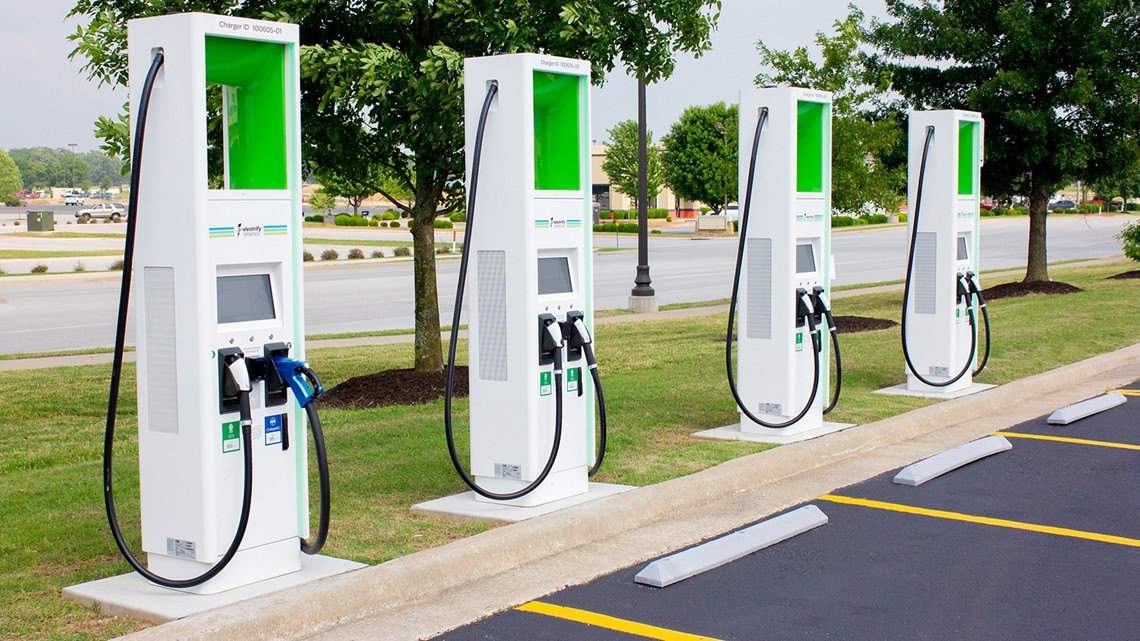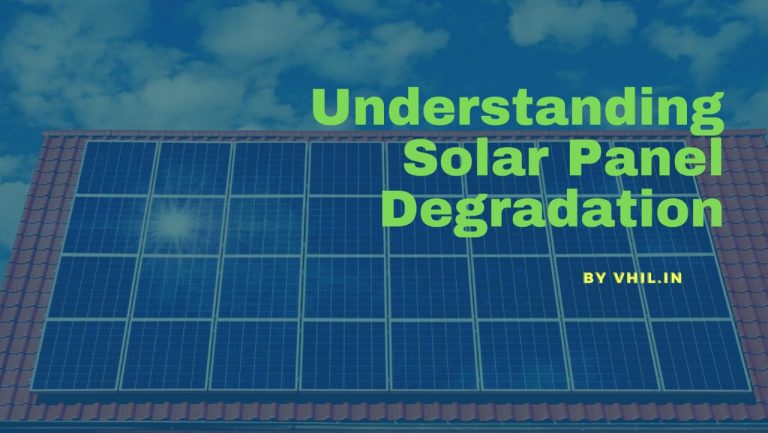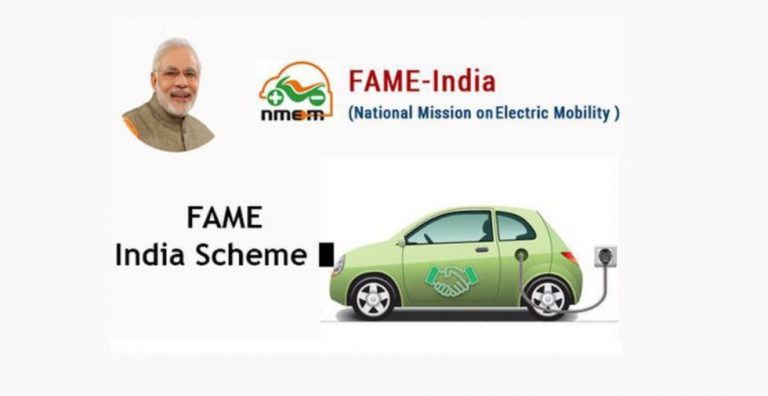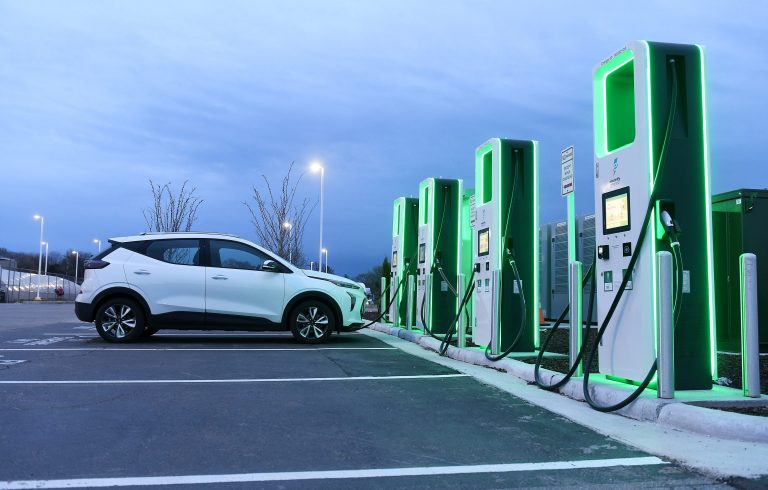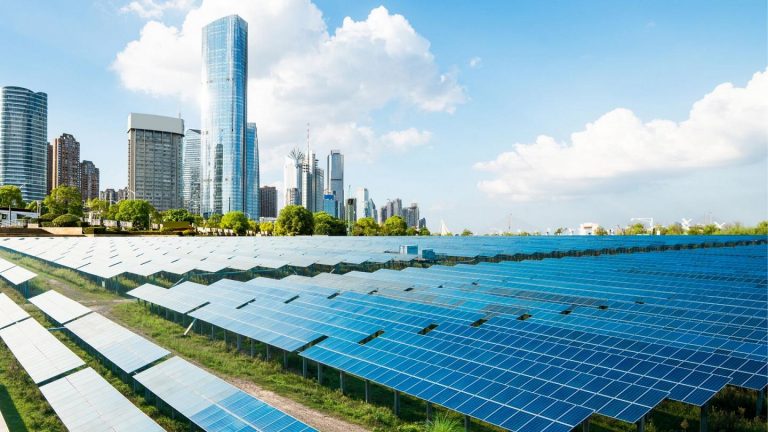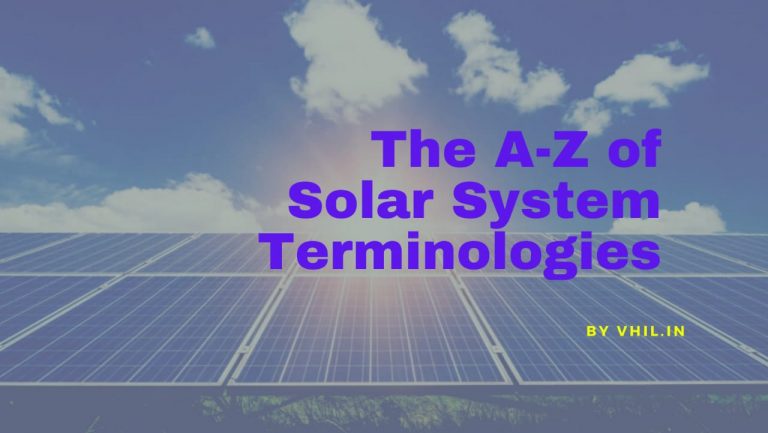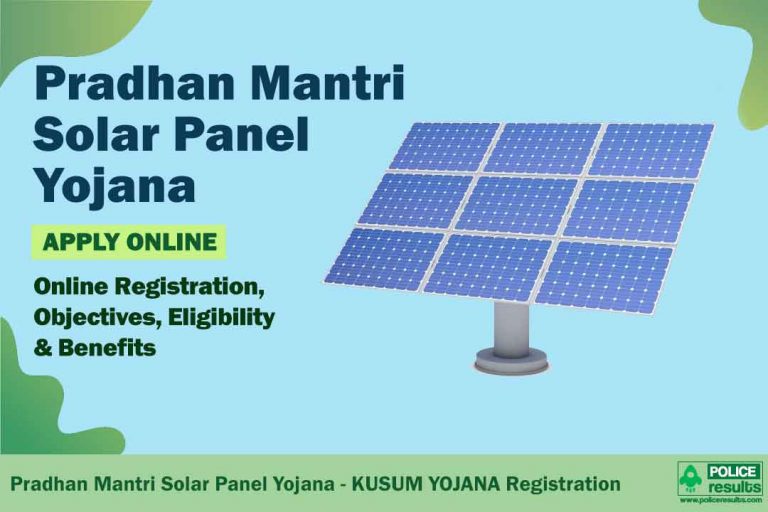Types of EV chargers in India 2021
Electric vehicles are sure to be mainstream in the coming time. Corporates are pouring massive amounts of money into the R&D in this field. With innovations in the area being introduced just about every other day, electric vehicles are getting accessible to a larger audience with every passing day. Here’s talking about the protocols and the types of EV chargers in India.
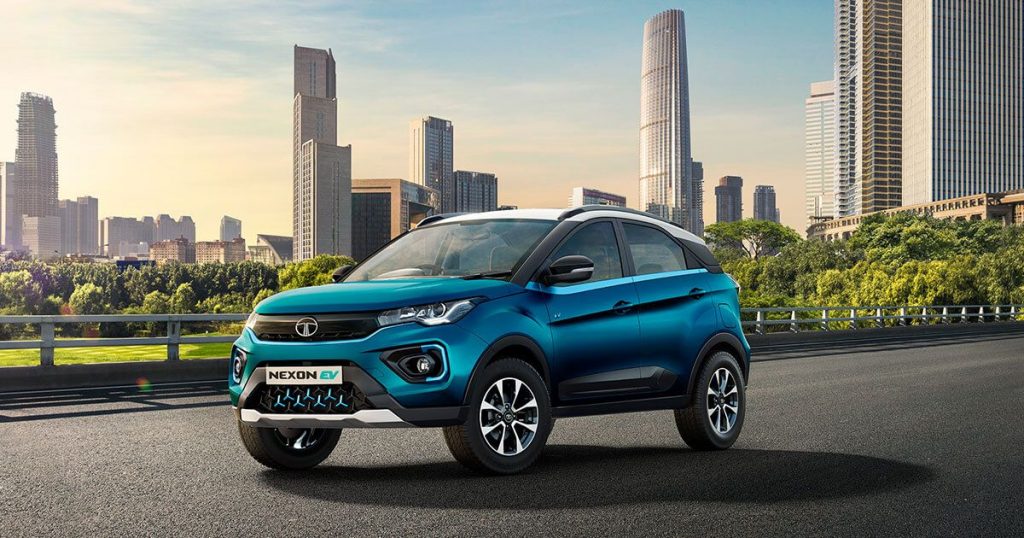
To get started with the topic, it is essential to grasp a few basic terminologies first.
EV
EV stands for the electric vehicle. It’s all but the same as the regular vehicles, except the fuel is electricity here.
EVSE
EVSE or Electric Vehicle Supply Equipment is the charging infrastructure (or the charging station) that connects to the EVs to recharge them using a mains supply. EVSEs are monitored by the BIS’ (Bureau of India Standards) guidelines and safety requirements.
EVSEs, though, are more than just recharging stations. Just like the regular gas stations, they can also offer metering, payments, and other monitoring services.
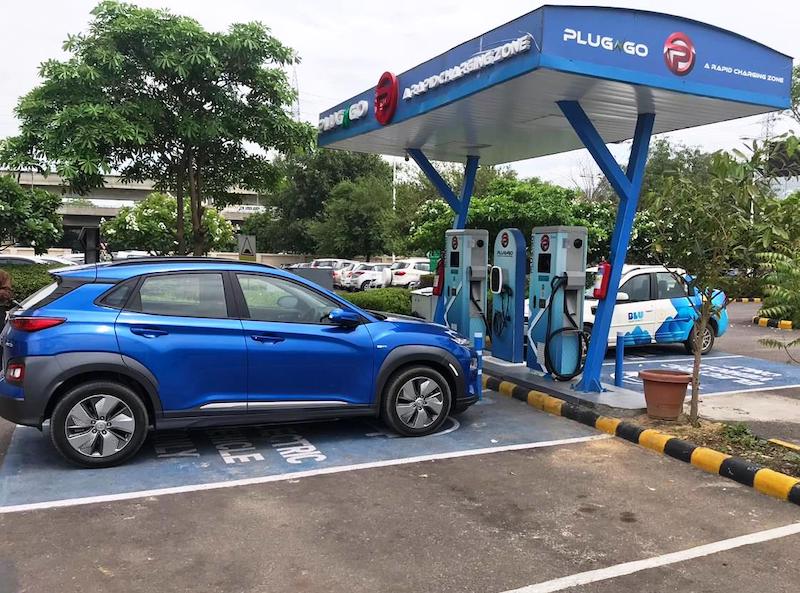
With the expanding EV charging services worldwide, the agencies providing the services are being bothered by the charging protocols, which have to do with regulations and several other custom integrations. The EV chargers in India are also subject to these protocols.
CMS
It stands for Central Management Systems. It is a backend system used to monitor and measure the electricity loads while charging. It is managed by the charging stations. In simple words, you can think of it as an interface that facilitates EV-EVSE communication. It acts as a bridge between the charging station and the vehicle.
It helps users find charging stations, shows them their bills and metering, and allows payments on the go — typically all that you need to do with the EV chargers in India and worldwide.
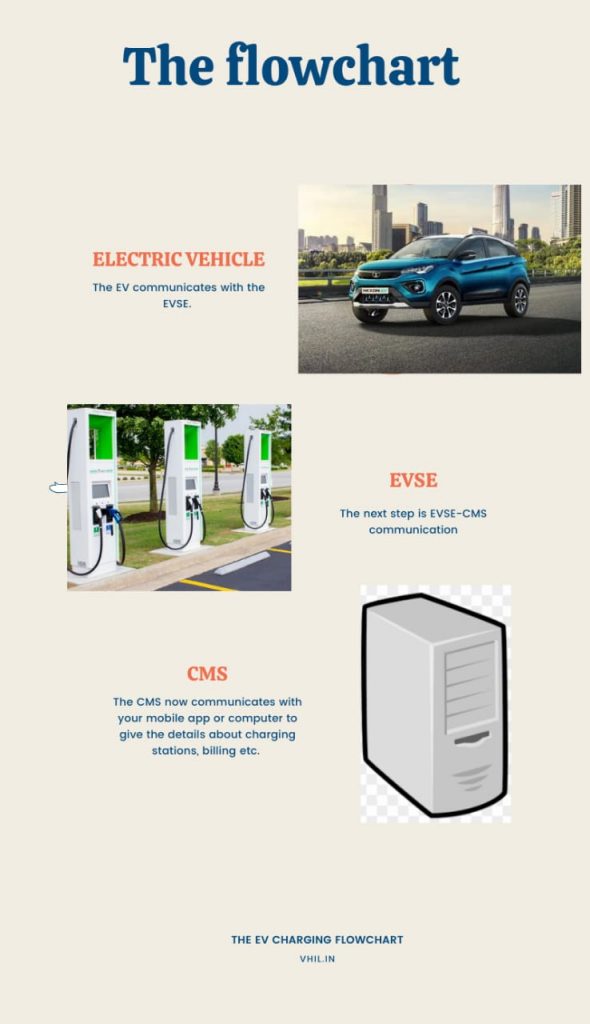
The Protocols
These protocols are responsible for mandating types of the physical inlet, voltages for charging, or regulations dealing in communication. There are a bunch of different protocols like OCPP, OCPI, OSCP, and OCHP. They could sound alike and overwhelming at first glance, but they have to deal with differences in their regulatory guidelines and permissions. EV chargers in India are compliant to one or more of such protocols.
What standards are applied for EV chargers in India?
The BIS publishes and renews the standards for both the home and public EV chargers in India in its releases. Speaking specifically for public charging, which involves charging outside-home, here are the standards.
Bharat EV Charger AC0001
Bharat EV Charger DC0001
These two protocols are low-voltage specific, which is less than 120V.
Bharat EV Charger AC0001
As the name suggests, it is for the AC charging EV chargers in India. The AC charging is supplied to the vehicle whose onboard charger converts it into DC. Please note that EV batteries are always charged with DC. So even with the AC EVSEs, the AC supply is converted to DC with the vehicle’s onboard chargers.
It can power the vehicle with 3.3 kW charging power to three vehicles at max, simultaneously. The output is 230V single-phase and AC. For the low power charging that AC0001 is, there aren’t any specifically defined protocols for EV charging. It instead follows the international, independent, and open-source OCPP (Open Charge Point Protocol.)
Bharat EV Charger DC0001
It is the standard for DC chargers. The DC charging stations convert the mains supply AC into DC, which is supplied to the vehicle for charging directly.
It can give an output of 15 kW power and 200A of current. The output DC can vary from 48-72V depending upon the configuration of the vehicle battery.
It uses two protocols — the international OCPP and the GB/T protocol (in CAN mode.) The vehicles in India have been using the CAN protocol for a long time, so the protocol was allowed for EV-EVSE communication. DHI made a few modifications in the protocol to make it standard DC0001.
What vehicles are using AC0001 and DC0001 in India?
The small-capacity, slow charging protocols AC0001, and DC0001 are mostly used by two-wheelers and only a handful of cars. It is because these charging protocols take forever to charge a vehicle, which would make electric vehicles not so relevant, especially on the go.
A bunch of Hero two-wheelers like Hero Electric Nyx, Hero Electric Photon, Okinawa iPraise+, Hero Electric Optima Li, Bajaj Chetak, Hero Electric Flash, TVS iQube Electric, Komaki XGT KM use these two protocols.
For high-voltage EVs
India is yet to have its indigenous EV charging protocols for high-voltage charging for premium cars (above 30 kWh). BIS has allowed the international and widely accepted CSS-2 protocol for high-voltage charging.
Fast charging can charge your vehicle, typically 4-wheelers, in less than an hour.
What vehicles’ EV chargers in India use CSS-2 protocol for fast-charging?
Currently, in India, the indigenous Tata Nexon EV uses fast charging. In the foreign brands, Hyundai Kona and MG ZS EV are two EVs utilizing the protocol.
It concludes our article piece on the charging protocols and EV chargers in India. For more such informative blogs, visit our blogposts.
